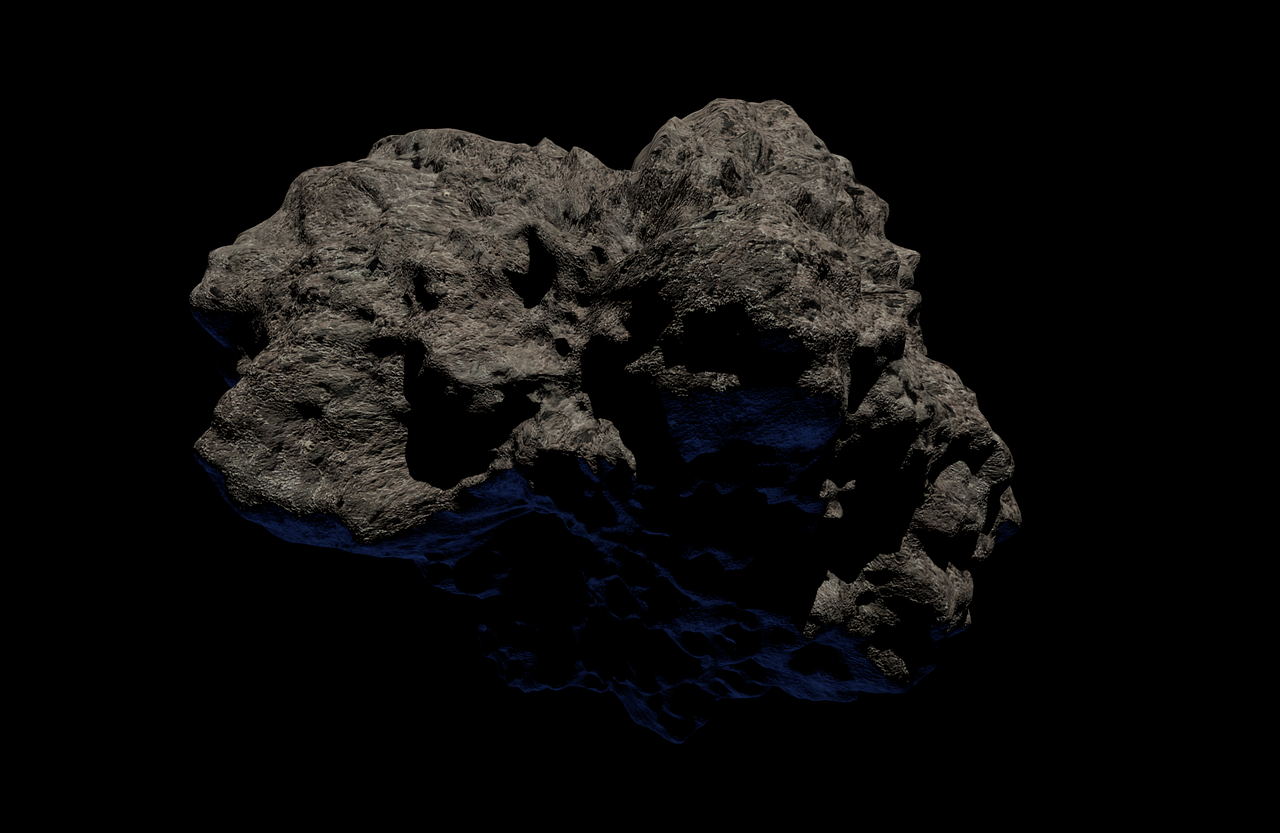
China is planning to launch a rocket into a near-Earth asteroid as part of its planetary defence programme.
The initiative is aimed at countering the threats posed by asteroids that are close to Earth, and also to have an asteroid detection and early warning system.
Under the plan presented by Chen Qi from China’s Deep Space Exploration Laboratory at the 8th IAA Planetary Defense Conference in Vienna, Austria, China will launch a Long March 3B rocket into the 2019 VL5 near-Earth object, reported the Space News.
The launch vehicle will carry both the impactor and an observer spacecraft. After launch, the two spacecraft will separate and take different trajectories.
The observer spacecraft will arrive at the asteroid first for preliminary observations and a topographical assessment.
With a relative velocity of 6.4 km per second, the impactor will strike the nearly 30 metre diameter 2019 VL5 to slow it down by around five cm per second.
How well do you really know your competitors?
Access the most comprehensive Company Profiles on the market, powered by GlobalData. Save hours of research. Gain competitive edge.

Thank you!
Your download email will arrive shortly
Not ready to buy yet? Download a free sample
We are confident about the unique quality of our Company Profiles. However, we want you to make the most beneficial decision for your business, so we offer a free sample that you can download by submitting the below form
By GlobalDataAccording to a mission profile provided at the conference, the observer spacecraft will be equipped with optical, radar, and laser remote sensing payloads as well as a dust and particle analyser to assess the target.
It will also record the ejecta from the impact using a high-resolution camera.
Additionally, the tiny asteroid will be viewed by ground-based telescopes and the Xuntian space telescope during annual observation windows in October and November.
China’s mission incorporates components of the European Space Agency’s Hera and NASA’s Double Asteroid Redirection Test (DART) impactor mission.
In November 2021, NASA launched DART. On September 26, 2022, the DART spacecraft collided with the asteroid Dimorphos, altering its course and making it the first instance of a successful planetary defence asteroid deflection demonstration.







